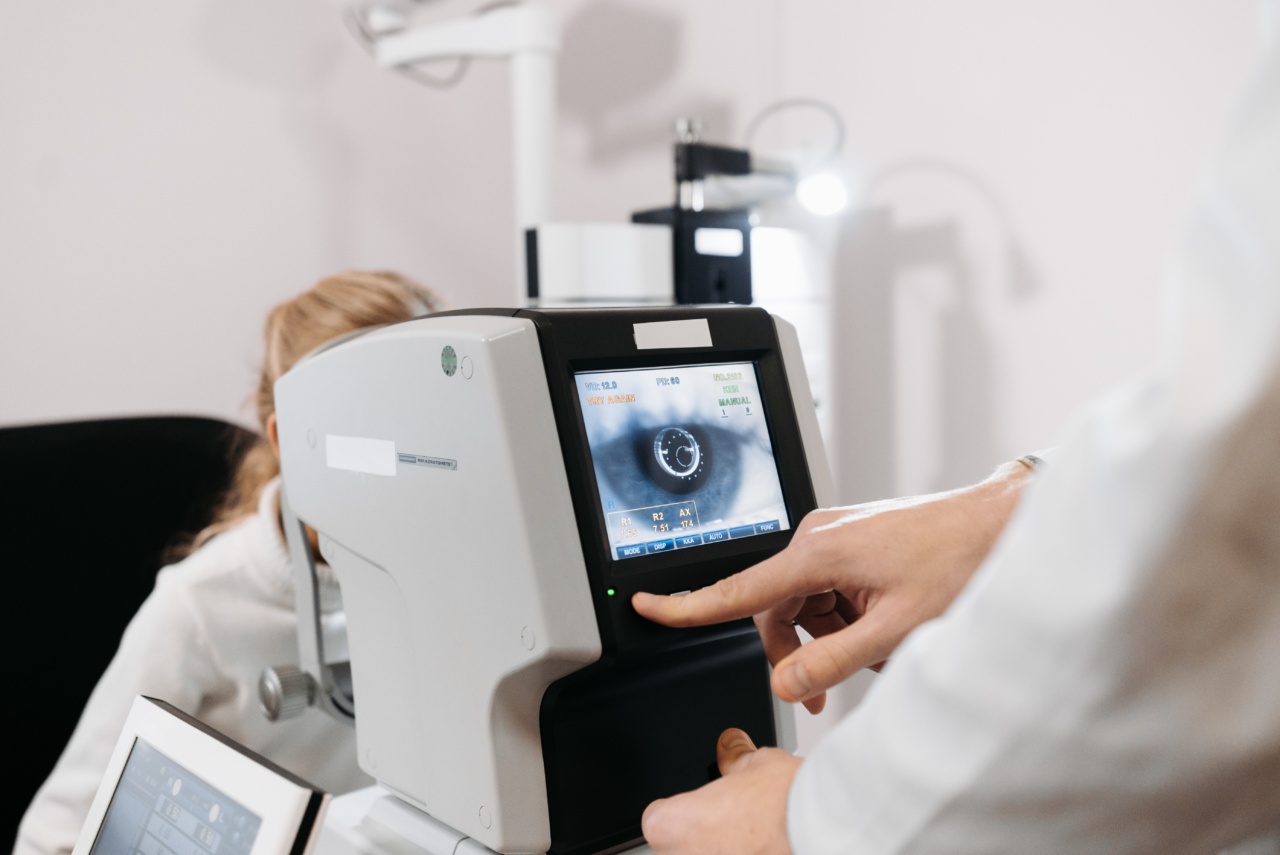It’s common knowledge that eyes are an important part of our body. We rely on our eyes to see and interact with the world around us.
However, did you know that your eyes can also provide an insight into your heart health? Scientists are increasingly finding a connection between eye conditions and heart disease, and it’s essential to be aware of this link. This article will explore the connection between your eyes and heart health and how you can take care of both for optimal wellbeing.
The Anatomy of Eye and Heart
Before delving into the connection between the two organs, let’s briefly discuss their anatomy. The eye is a complex organ that comprises several different components.
The cornea, lens, and iris control the amount of light that enters the eye, while the retina and optic nerve process information and send it to the brain. Similarly, the heart is a muscle that pumps blood throughout the body. It consists of four chambers that work in unison to maintain blood flow and oxygenation.
Link Between Eye and Heart Conditions
Recent research has highlighted the connection between eye and heart conditions. Eye conditions such as retinopathy and glaucoma can indicate underlying heart problems.
Retinopathy is a condition in which the blood vessels in the retina are damaged, leading to vision loss. While retinopathy is commonly associated with diabetes, it can also be caused by high blood pressure and other cardiovascular diseases. Studies have found that people with retinopathy are also at higher risk of heart disease and stroke.
Similarly, glaucoma is a condition in which the optic nerve is damaged, leading to vision loss.
While the cause of glaucoma is still unknown, studies have found that people with glaucoma have a higher incidence of cardiovascular problems such as hypertension and heart disease. Additionally, some medications used to treat glaucoma can have side effects that affect the heart.
Hypertension and Eye Health
Hypertension or high blood pressure is a well-known risk factor for heart disease. However, high blood pressure can also affect eye health, leading to conditions such as hypertensive retinopathy.
Hypertensive retinopathy occurs when the blood vessels in the retina are narrowed, and the tissue is starved of oxygen. This condition can lead to vision loss and is commonly seen in people with uncontrolled high blood pressure. Uncontrolled high blood pressure can also lead to other eye conditions such as choroidopathy and optic neuropathy.
Cholesterol and Eye Health
Cholesterol is a waxy substance that is necessary for the body’s functioning. However, high levels of cholesterol can lead to heart disease and stroke.
Studies have also linked high cholesterol levels with eye problems such as cataracts and macular degeneration. Cataracts are a condition in which the lens of the eye becomes cloudy, leading to vision impairment. Macular degeneration is a condition in which the macula, the part of the retina responsible for central vision, deteriorates.
High cholesterol levels can lead to deposits in the retina, leading to macular degeneration.
Diabetes and Eye Health
Diabetes is a chronic condition that affects the body’s ability to process glucose. It can lead to high blood sugar levels that can damage blood vessels throughout the body, including those in the eyes.
Diabetic retinopathy is a complication of diabetes that can lead to vision loss. In diabetic retinopathy, the blood vessels in the retina are damaged, leading to leakage and swelling. Over time, new blood vessels may grow, leading to scarring and vision loss.
Protecting Your Eyes and Heart Health
Now that you’re aware of the connection between your eyes and heart health, it’s essential to take care of both to maintain optimal well-being. Here are some things you can do to protect your eyes and heart:.
1. Maintain a Healthy Diet
A balanced diet rich in fruits, vegetables, and whole grains can help you maintain healthy vitamin and mineral levels, and reduce your risk of heart disease.
Additionally, a healthy diet can also promote eye health by reducing your risk of cataracts and macular degeneration.
2. Exercise Regularly
Regular exercise can help you maintain a healthy weight and improve your cardiovascular health. Exercise can also help reduce your risk of eye conditions such as glaucoma and diabetic retinopathy.
3. Control Your Blood Pressure and Cholesterol Levels
High blood pressure and cholesterol levels can lead to heart disease and eye problems. It’s essential to control your levels through a healthy diet, regular exercise, and medication if necessary.
4. Protect Your Eyes from UV Rays
UV rays can damage your eyes and increase your risk of cataracts and macular degeneration. It’s essential to wear sunglasses and a hat to protect your eyes when you’re outside during the day.
5. Get Regular Eye Exams
Regular eye exams can help detect eye conditions early on, allowing for prompt treatment and reducing your risk of vision loss. Eye exams can also help detect underlying heart conditions, allowing for early intervention.
Conclusion
As we’ve seen, there’s a strong connection between your eyes and heart health.
Eye conditions such as retinopathy and glaucoma can indicate underlying heart problems, while hypertension, high cholesterol, and diabetes can lead to eye problems. By maintaining a healthy lifestyle and getting regular eye exams, you can protect both your eyes and heart for optimal wellbeing.




























